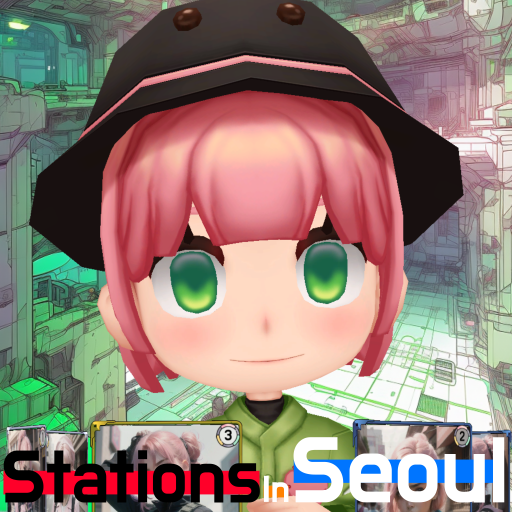Moment to Moment
When it comes to meditation, there are many that are attracted to complicated theories and techniques, or to the mystical traditions from where they came.
But to live life moment to moment is enough.
So, this is a really tricky one for the mind to believe or understand.
I think especially when the mind is very busy, or we’re overwhelmed by challenging emotions, we may think that by focusing on the breath or a visualization is perhaps not quite enough.
We need something more.
The mind is really busy, or the emotions are really overwhelming.
But the truth is, it doesn’t really matter what the technique is, as long as the intention is to be present with an open mind, kind heart, then that is enough.
It might be something as simple as just watching or feeling the breath rise and fall, just following that movement, that’s enough.
The training is more to do with noticing when the mind’s wandered off, being conscious of that, aware of that.
In that moment, acknowledging it and letting it go.
If we can do that, then even the simplest of techniques can help us to experience the true benefits of practice.
So, just take a moment now to get comfortable.
We’re going to begin with the eyes open, just taking a big, deep breath, breathing in through the nose and out through the mouth.
And as you breathe out, just gently closing the eyes.
And in closing the eyes, becoming more aware of the physical senses.
Noticing the sensation of weight, of contact, just pressing down.
Noticing the different sounds around you.
So, just settling in to that space, and noticing how the body feels.
Whether there’s a sense of heaviness or lightness in the body.
Now, as you sit there, as you pause for a moment, just allow your attention to rest on the breath, that rising and falling sensation.
Doesn’t matter where you feel the movement.
Just following that rising and falling sensation.
You can place your hand on your stomach if you find it easier.
So, every time the mind wanders off, realizing it’s wandered and just gently bringing the attention back again to that rising and falling sensation.
And then just bringing the attention back now into the body, that feeling of contact, feeling of weight, the body pressing down.
Just starting to notice the space around you again, any sounds, any smells.
And then when you feel ready, in your own time, just gently opening the eyes again.
Many are attracted to the theories and techniques of meditation, or its mystical traditions. But to live life, moment to moment, is enough.





